Housewrap vs Drainage Wrap?
mark_g
15 years ago
Related Stories

BATHROOM DESIGNConvert Your Tub Space Into a Shower — Waterproofing and Drainage
Step 4 in swapping your tub for a sleek new shower: Pick your waterproofing materials and drain, and don't forget to test
Full Story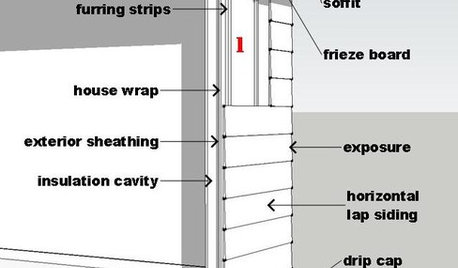
THE ART OF ARCHITECTUREArchitect's Toolbox: Rain Screens Up House Health
To thwart unwanted moisture and poor air quality in your home, think rain screens and drainage planes
Full Story
DIY PROJECTSDIY: Make a Sweet Gift of Future Blooms
Wrap flowering bulbs in decorative paper and string for a cheery addition to table decor or a pretty holiday present
Full Story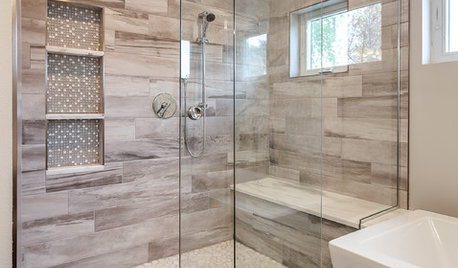
BATHROOM DESIGN10 Things to Consider Before Remodeling Your Bathroom
A designer shares her tips for your bathroom renovation
Full Story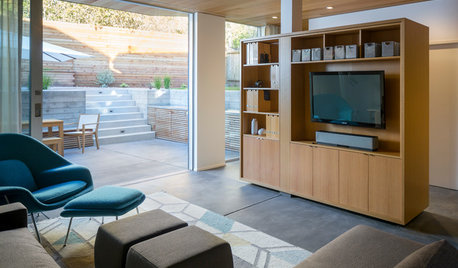
BASEMENTSRoom of the Day: From Unfinished Basement to Spacious Great Room
A partial basement in San Francisco is transformed into a striking living space
Full Story
PETSGarden Alert: 22 Plants to Keep Away From Pets
Avoid potential danger by keeping dogs and cats away from these landscaping and houseplant favorites
Full Story
GARDENING GUIDESWhat Kind of Roses Should You Grow?
Want to add the beauty of roses to your garden? Find out which ones, from old-fashioned to modern, are right for you
Full Story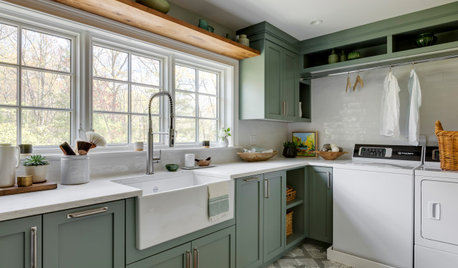
LAUNDRY ROOMSKey Measurements for a Dream Laundry Room
Get the layout dimensions that will help you wash and fold — and maybe do much more — comfortably and efficiently
Full Story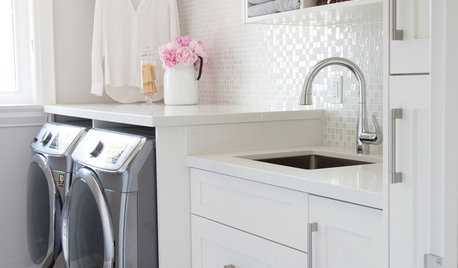
LAUNDRY ROOMSYou Have Style — Shouldn’t Your Laundry Room?
Make folding clothes your favorite chore of the day with these 10 designer tips
Full Story
FARM YOUR YARDCool-Season Vegetables: How to Grow Lettuce
Leaf, butterhead, crisphead or romaine — lettuce is best harvested in the cool weather of spring and fall
Full StorySponsored
Central Ohio's Trusted Home Remodeler Specializing in Kitchens & Baths
More Discussions









niff
mightyanvil
Related Professionals
New River Architects & Building Designers · Calumet City Design-Build Firms · Woodland Design-Build Firms · Harrisburg Home Builders · Waimalu Home Builders · Canandaigua General Contractors · Cedar Hill General Contractors · Country Club Hills General Contractors · Palestine General Contractors · Rosemead General Contractors · Saint Paul General Contractors · Sauk Village General Contractors · Van Buren General Contractors · Warrenville General Contractors · West Whittier-Los Nietos General Contractorsworthy
mark_gOriginal Author
worthy
coffeehaus
coffeehaus
mightyanvil
gonzalezfco
User
gonzalezfco
User